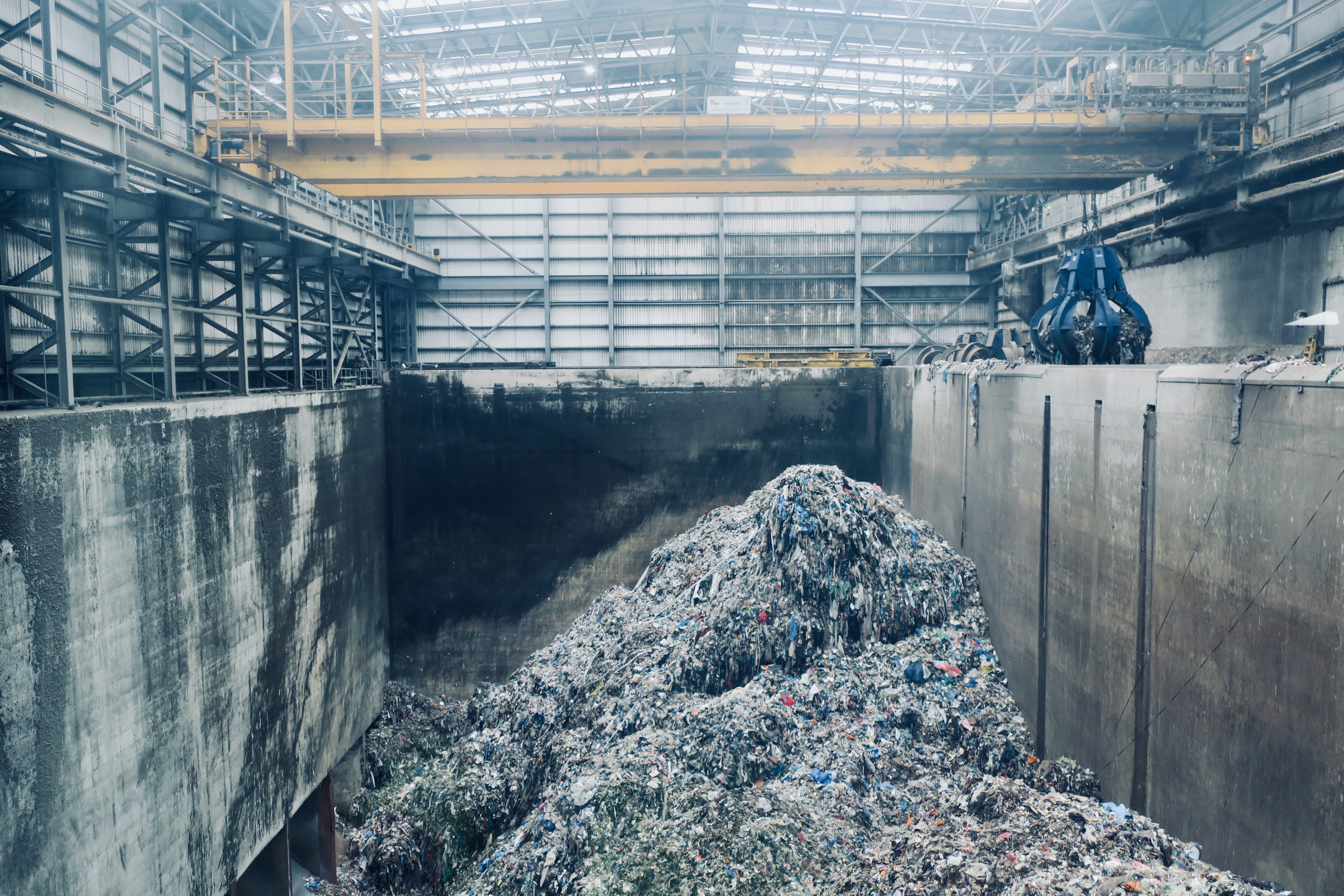India has seen a boom in its industries over the last few decades and with these developments, has come an increase in industrial waste. India produces approximately 3.2 million tonnes of waste every year – a staggering amount for a nation of 1.23 billion people!
This waste is most commonly plastic, which poses serious problems for the country’s future. This article delves into the problems with unregulated plastic processing in India and how they could be potentially solved by AI-powered software.
What is Industrial Waste?
Industrial waste is any material that is created as a result of industrial activity and has no practical use. It can include things like metal scraps, plastics, chemicals, and other byproducts of manufacturing.
Unregulated plastic processing industries in India produce an estimated 280,000 metric tonnes of plastic every year. This amounts to about 10% of all the plastic produced in the world.
The unregulated plastic processing industry in India is a major contributor to environmental pollution and health hazards. The industry produces a large quantity of toxic waste that endangers human health and the environment.
What are the problems with the industry?
The uncontrolled production and improper handling of plastics create many environmental and health hazards. These hazards include:
– Pollution from factories
– Contamination of water supplies
– Presence of harmful chemicals in the environment
Industrial Risks
The management of India’s unregulated plastic processing industry presents several industrial risks. These risks include the release of toxic chemicals into the environment, the e-waste crisis, and worker safety.
The unregulated plastic processing industry in India is responsible for the release of toxic chemicals into the environment. Some of these chemicals, such as Pierce’s toxins, can cause serious health problems if ingested. Additionally, these chemicals can damage land and water resources.
The e-waste crisis in India is also a significant risk to the environment and human health. E-waste contains a wide range of hazardous materials, including lead and mercury. If not properly handled, these materials can pollute soil and water supplies, as well as create environmental hazards.
Worker safety is another important issue in the management of India’s unregulated plastic processing industry. Many workers in this sector are poorly trained and lack proper safety equipment. This puts them at risk of injury or death.
Laws of Industrial Waste Management
The management of India’s unregulated plastic processing industry is a complex and ever-growing problem. The sector has been estimated to produce 30 million tons of plastic waste each year, and much of it winds up in landfills or in the environment.
The Indian government has taken steps to address the issue, but its efforts have not been enough. In 2014, the Indian state of Maharashtra announced a plan to collect and recycle 50% of all plastic waste by 2022. However, this goal is likely unachievable given the size and complexity of the country’s plastic processing industry.
There are various laws and regulations governing industrial waste management in India, but they are often not enforced or properly implemented. This has led to significant environmental damage and public health concerns. The Indian government must work collaboratively with industry leaders to develop effective Waste Management Plans and implement them across the country if it wishes to resolve India’s industrial waste crisis.
How to Manage Industrial Waste?
According to a report by the National Environmental Management Authority (NEMA), there are over 2000 plastic processing units in India. Of these, 500 are located in Maharashtra alone.
The unregulated plastic processing industry in India has led to serious environmental problems such as water pollution, land degradation, and air pollution.
In order to manage the industrial waste generated by the uncontrolled plastic processing industry, it is necessary to understand the various types of waste that are produced, the methods used to process these wastes, and the options available for disposal.
The following is a brief overview of the industrial waste management problem in India and some of the strategies that have been employed to address it.
Waste Types
Industrial waste typically consists of four main types: solid waste, hazardous waste, process wastewater, and sludge.
Solid waste refers to materials that are not classified as hazardous or process wastewater. This includes items like construction debris, furniture, and packaging materials.
Hazardous waste is material that contains chemicals or materials that can be harmful if released into the environment. This includes products that contain dangerous substances like lead or mercury. Hazardous wastes may also include hazardous by-products created
Conclusion
The uncontrolled plastic processing industry in India is a major contributor to environmental degradation and health hazards. The industry produces large amounts of single-use plastics that are not adequately recycled or composted, leading to massive piles of waste that often contaminate water sources and soil.
To address the issue, the Indian government has enacted several laws and regulations aimed at regulating the sector, but progress has been slow due to resistance from the plastics manufacturing industry and its allies in parliament. This article provides an overview of the industrial waste management problem in India and offers recommendations for how to improve it.


